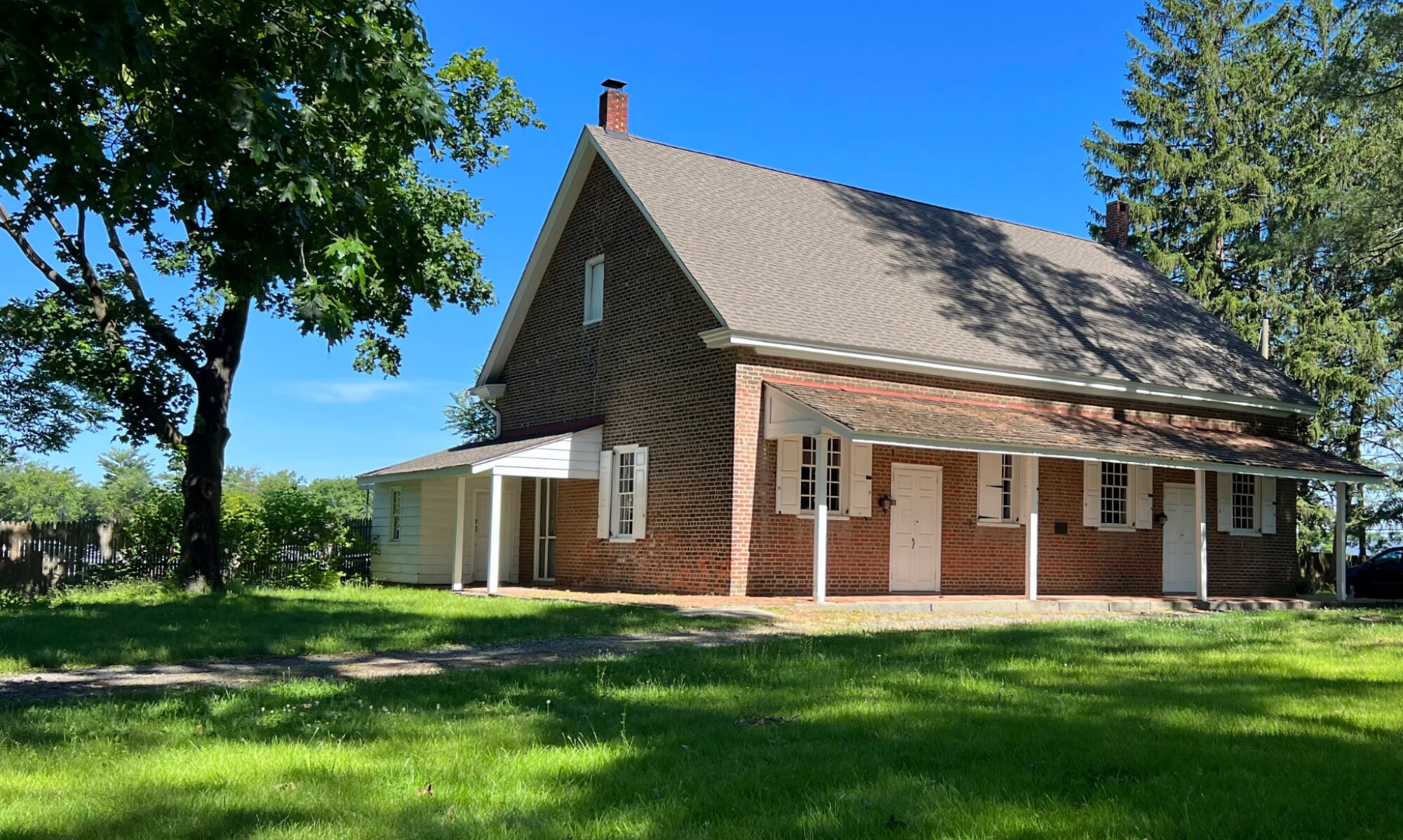On March 2, over two dozen people came to Cropwell Meeting in Marlton, N.J. to hear David Cherby give a presentation on Hawaiian spirituality and some of the values which it shares with the Friends tradition. David began studying this spirituality after a search that took him into Buddhism and various Christian churches. He felt that none of them addressed the core issues going on in the world.
Hawaiian spirituality dates back to when Polynesians first settled the islands in waves between 400 and 900 A.D. Tahitians also came and introduced ideas as well. When European missions came in the 1870s, it was detrimental to the native culture and a lot of cultural practices, such as hula and surfing were banned. Throughout the changes, the people have held on to a practice of compassion.
One of the aspects of Quaker spirituality that has drawn David to our fellowship is the idea of an Inner Light, similar to the Hawaiian concept of mana. The word aloha translates as “presence” and “breath” and means the breath of life (as a professional massage therapist, David pays close attention to breath). Aloha has been broken down into an acronym reminiscent of Quaker SPICES:
- “Akahai“, meaning kindness to be expressed with tenderness;
- “Lōkahi“, meaning unity, to be expressed with harmony;
- “ʻOluʻolu” meaning agreeable, to be expressed with pleasantness;
- “Haʻahaʻa“, meaning humility, to be expressed with modesty;
- “Ahonui“, meaning patience, to be expressed with perseverance.
To live in this state is to do good with no conditions attached. It welcomes the stranger and loves others even when the love is not returned.
Everyone enjoyed a potluck lunch and informal discussion after the end of the presentation.







Cropwell Quaker Meeting is a small-but-growing Friends community in Marlton/Cherry Hill NJ. Come join us for public worship every Sunday at 10am. At Cropwell we treasure our friendliness, our desire for a community grounded in the Holy Spirit, our in-person worship, and our genuine desire for new members. We try to have special events every month, such as introductions to Quakers, speakers demonstrating Quaker faith in action, or all-ages crafts. Learn what to expect if you visit.































































































































































